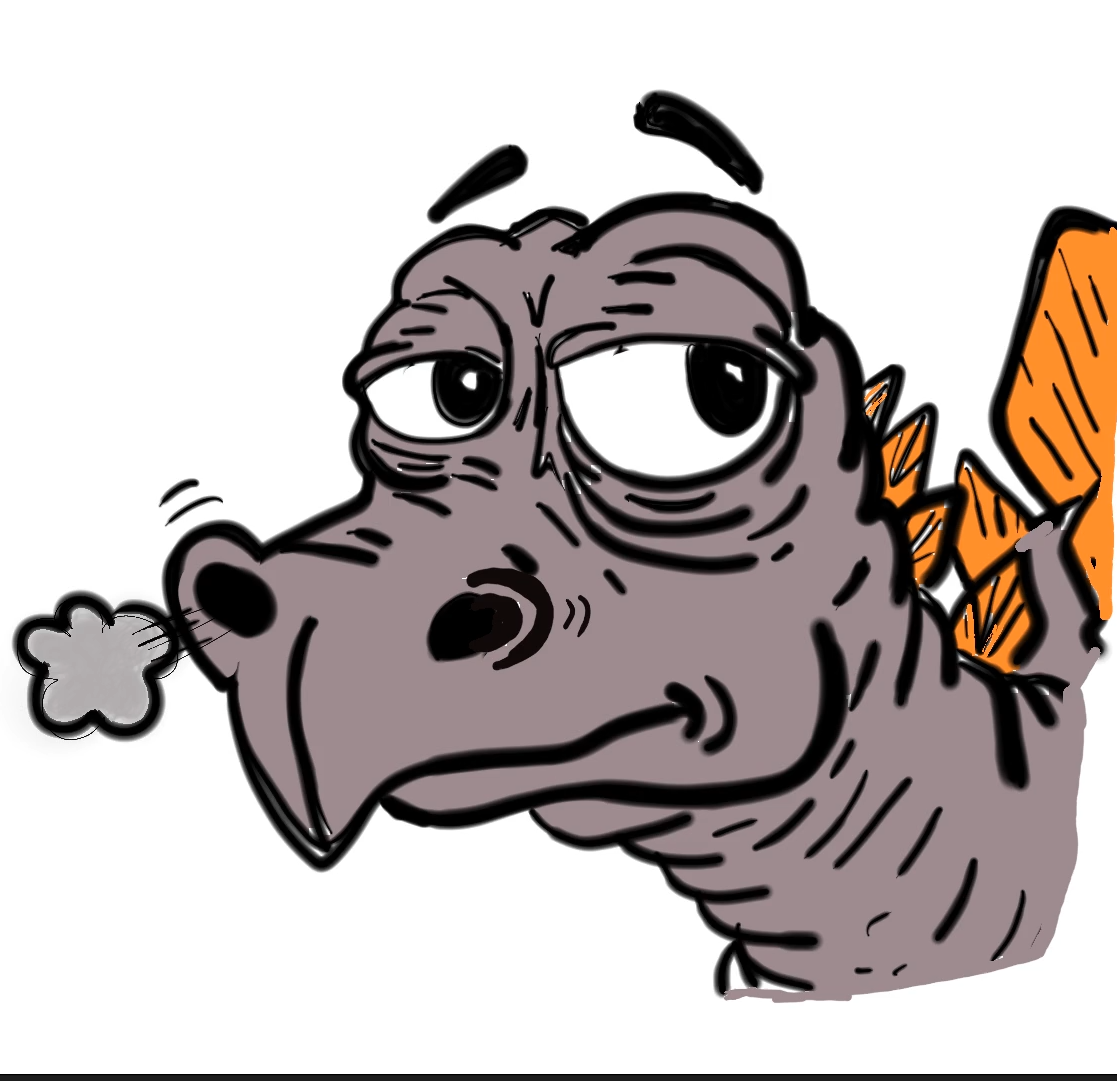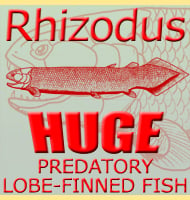In Depth
Bagualia is a genus of sauropodomorph dinosaur that lived in South America during the early Jurassic. Although no way near as large as the sauropods of the late Jurassic, Bagualia was still well on the road to growing to large sizes, and much larger than the more primitive sauropods and sauropodomorph dinosaurs of the late Triassic.
Further Reading
Further reading - Extinction of herbivorous dinosaurs linked to Early Jurassic global warming event. - Proceedings of the Royal Society B: Biological Sciences. 287 (1939): Article ID 20202310. - D. Pol, J. Ramezani, K. Gomez, J. L. Carballido, A. Paulina Carabajal, O. W. M. Rauhut, I. H. Escapa & N. R. C�neo - 2020. – The axial skeleton of Bagualia alba (Dinosauria: Eusauropoda) from the Early Jurassic of Patagonia. – Palaeontologia Electronica. – Kevin Leonel Gomez, Jose Luis Carballido & Diego Pol – 2021.








